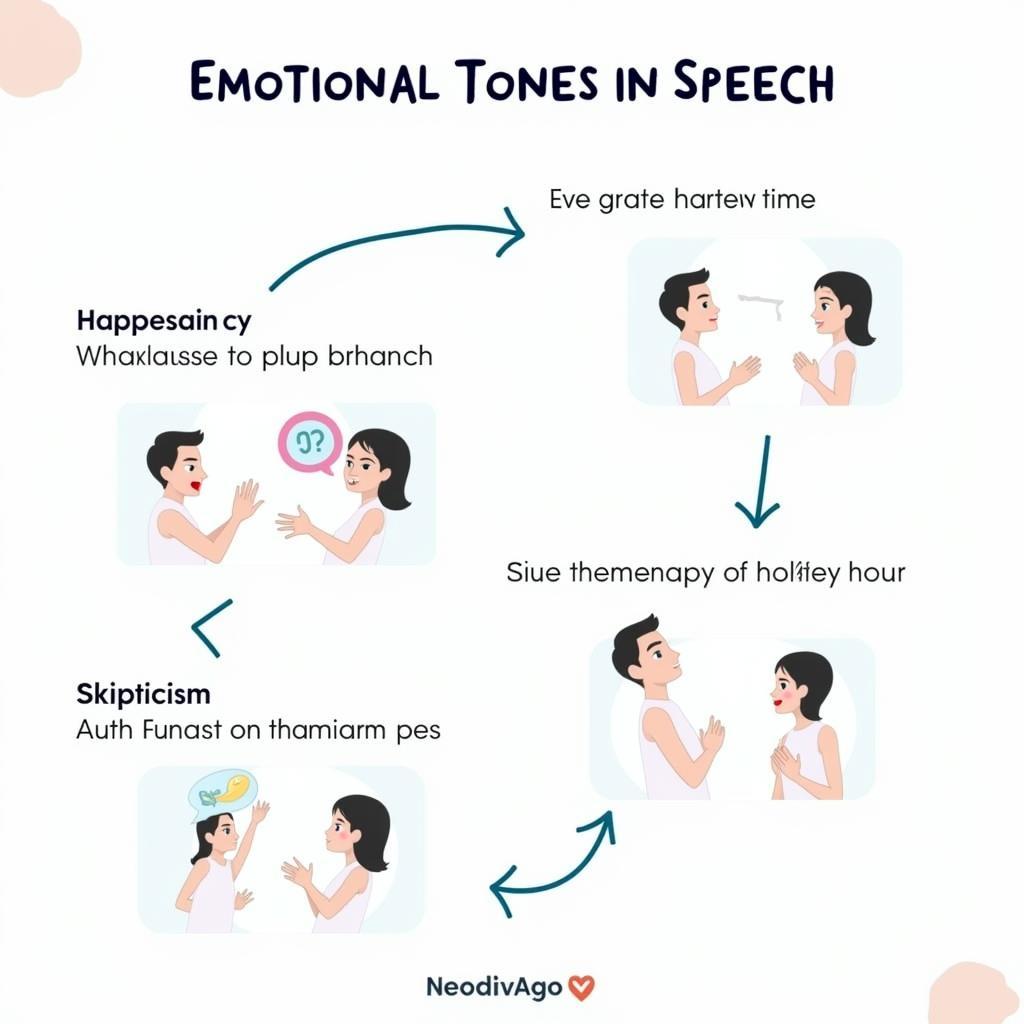As an experienced IELTS instructor, I’ve observed that listening for changes in speaker’s tone is a crucial skill that many test-takers overlook. Understanding emotional tone shifts can significantly impact your ability to comprehend context and answer questions accurately in the IELTS listening test.
Table Of Contents
- Understanding the Importance of Emotional Tone Recognition
- Key Indicators of Tone Shifts
- Practical Strategies for Detecting Emotional Tone Changes
- Common Emotional Transitions in IELTS Listening
- Advanced Techniques for focusing on speaker’s tone
- Pre-listening Preparation
- During the Test
- Frequently Asked Questions
- How can I improve my tone recognition skills?
- Why are tone shifts important in IELTS listening?
- What are the most common tone shifts in IELTS listening tests?
- How can I practice tone recognition at home?
- What should I do if I miss a tone shift during the test?
- Conclusion
Understanding the Importance of Emotional Tone Recognition
Emotional tone shifts serve as vital clues in conversations and lectures. When listening for varying perspectives, these subtle changes can indicate agreement, disagreement, uncertainty, or emphasis. Recognizing these shifts is particularly important in Sections 3 and 4 of the IELTS listening test.

Key Indicators of Tone Shifts
- Changes in pitch and intonation
- Variations in speaking speed
- Stress patterns on specific words
- Pauses and hesitations
- Volume modifications
Practical Strategies for Detecting Emotional Tone Changes
- Focus on Speaker’s Opening Tone
- Monitor Transition Words
- Notice Speed Variations
- Identify Emphasis Patterns
- Register Vocal Modulations
practicing IELTS listening in daily life can significantly enhance your ability to detect these subtle changes.
Common Emotional Transitions in IELTS Listening
- Neutral to Enthusiastic
- Certain to Uncertain
- Agreeable to Skeptical
- Formal to Informal
- Professional to Personal
Advanced Techniques for focusing on speaker’s tone
Pre-listening Preparation
- Study context clues
- Anticipate potential tone shifts
- Review common emotional indicators
- Practice with varied accents
- Understand cultural nuances
During the Test
Developing skill in identifying tone shifts quickly requires focused attention and practice. Consider these expert-recommended approaches:
- Listen for Contextual Triggers
- Note Speaker Relationships
- Track Conversation Flow
- Observe Response Patterns
- Mark Significant Transitions
Frequently Asked Questions
How can I improve my tone recognition skills?
Practice with diverse audio materials, focusing specifically on emotional transitions. Regular exposure to different speaking styles will enhance your ability to detect subtle changes.
Why are tone shifts important in IELTS listening?
Tone shifts often indicate important information, attitude changes, or key points that are frequently tested in IELTS questions.
What are the most common tone shifts in IELTS listening tests?
The most frequent shifts occur between certainty and uncertainty, formal and informal registers, and professional and personal contexts.
How can I practice tone recognition at home?
Listen to podcasts, watch interviews, and analyze conversations in TV shows, paying particular attention to emotional transitions and their triggers.
What should I do if I miss a tone shift during the test?
Stay focused on the current segment while remaining alert to context clues that might help you understand the overall message.
Conclusion
Mastering emotional tone shifts is essential for achieving a high score in IELTS listening. Regular practice, combined with strategic attention to vocal cues and context, will significantly improve your ability to understand and interpret these important communication signals.
Remember that like any skill, recognizing emotional tone shifts becomes more natural with dedicated practice and conscious attention to the various elements of spoken communication.
